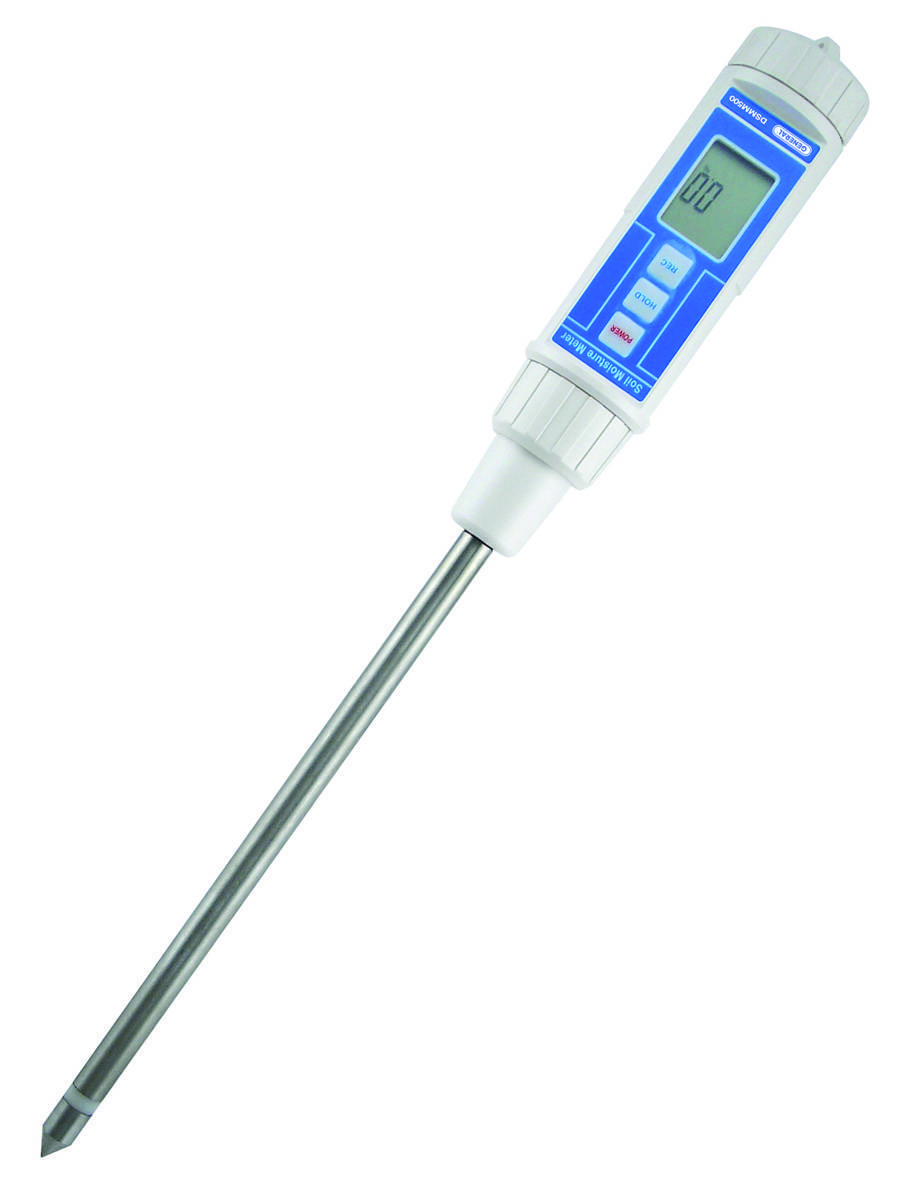Moisture Meter Reviews: Contrasting the most effective Designs for Expert and DIY Usage
Moisture Meter Reviews: Contrasting the most effective Designs for Expert and DIY Usage
Blog Article
Delve Into the Globe of Moisture Meters: Every Little Thing You Required to Know
In the world of wetness meters exists a world of accuracy and practicality that usually goes unnoticed. Recognizing exactly how moisture meters run, the different types offered, and their varied uses can lose light on their value in ensuring high quality and efficiency.
Exactly How Moisture Meters Work
Moisture meters operate by determining the electric conductivity or capacitance of products to identify the dampness material existing. These meters are important devices throughout various markets, consisting of construction, farming, and woodworking. By making use of different techniques such as pinless or pin-type technology, wetness meters supply exact analyses that aid specialists make informed decisions.
Pin-type dampness meters function by putting the sharp pins right into the product being tested. The electrical conductivity in between the pins is after that measured, with higher moisture levels resulting in enhanced conductivity. Moisture Meter. On the other hand, pinless moisture meters use electromagnetic signals to scan a larger area without causing any damages to the product's surface area. These meters are excellent for promptly analyzing dampness degrees in big areas or completed products.
No matter of the technique used, moisture meters play a vital function in avoiding issues such as mold and mildew growth, architectural damages, or item flaws triggered by excess moisture. Recognizing exactly how these meters job is essential for making certain the high quality and stability of materials in different applications.
Sorts Of Moisture Meters
Given the crucial function wetness meters play in numerous sectors, it is necessary to comprehend the various types readily available to specialists for precisely assessing wetness levels - Moisture Meter. There are mostly two primary sorts of wetness meters: pinless and pin-type moisture meters

On the other hand, pinless dampness meters use electro-magnetic sensor plates to check a larger location of the material without creating any damages. This type is ideal for quickly scanning big areas and is frequently utilized for floor covering, walls, and ceilings. Pinless meters are hassle-free for taking readings on finished surface areas without leaving any visible marks.
Both kinds of moisture meters have their advantages and are selected based upon the specific demands of the work at hand. Comprehending the distinctions between these kinds is essential for experts to make accurate wetness analyses.
Applications Throughout Industries
Construction specialists rely on dampness meters to evaluate the dampness levels in structure products like drywall, timber, and concrete, which is vital for maintaining architectural honesty and stopping concerns like rot or mold. The floor covering industry uses wetness meters to gauge the moisture material in subfloors prior to installing different flooring coverings, stopping pricey damages due to excess wetness. In the food market, dampness meters are used to keep an eye on and regulate moisture degrees in products such as grains, nuts, and dried fruits to preserve quality and top quality.
Tips for Using Wetness Meters
Use the dampness meter's calibration setups to guarantee precise analyses when gauging the dampness content in various materials. Calibration is vital for the correct functioning of a wetness meter. Prior to each usage, it is suggested to examine and adjust the calibration setups according to the specific material being tested. Additionally, ensure the meter is set to the proper wetness variety for the material you are measuring to obtain the most precise results.
When using a pin-type dampness meter, put the pins to the that site proper depth recommended for the product being checked. This makes sure that the wetness readings are extracted from the right depth within the material, giving a much more accurate depiction of its dampness material. For pinless moisture meters, bear in mind to keep appropriate call with the product's surface to obtain trusted analyses.
Consistently inspect and change the batteries in your wetness meter to prevent unreliable readings because of reduced power. When not in use to extend its lifespan and maintain its precision, Shop the meter in a safe and dry location. By adhering to these tips, you can maximize the performance of your wetness meter and get precise wetness web content dimensions across various materials.
Maintenance and Calibration
To guarantee the precision of moisture content measurements, normal upkeep and calibration of the dampness meter are vital actions in its appropriate performance. Upkeep involves keeping the moisture meter cost-free and tidy from debris that could affect its readings. It is essential to comply with the supplier's standards for cleaning to stop damage to the device. Additionally, routine calibration is required to confirm the accuracy of the readings. Calibration changes the wetness meter official website to make sure that it supplies dependable and consistent results.
Calibration should be executed regularly, especially if the wetness meter is used often or in vital applications where precise dimensions are required. click site By adjusting the moisture and keeping meter frequently, customers can trust the precision of the moisture material dimensions obtained.
Verdict

To conclude, wetness meters play a crucial role in different sectors by properly measuring the moisture material of products. Recognizing how these gadgets work, the various kinds readily available, and proper maintenance and calibration are important for acquiring trustworthy outcomes. Whether in construction, agriculture, or manufacturing, making use of wetness meters helps guarantee quality control and efficiency in processes.

In final thought, wetness meters play an important role in numerous markets by accurately measuring the dampness material of materials.
Report this page